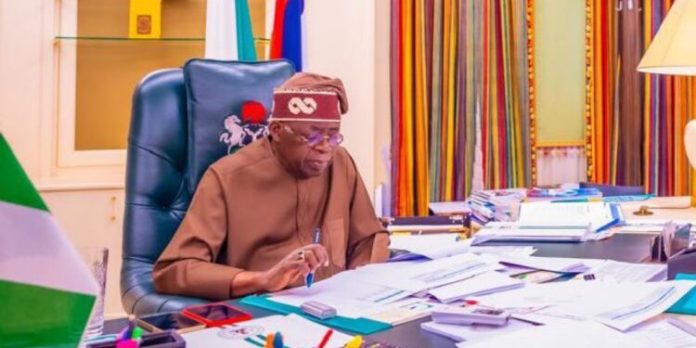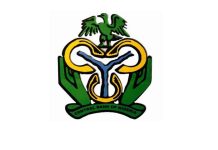The Federal Government of Nigeria plans to allocate more of its budget to debt servicing than capital expenditure between 2025 and 2027, according to the recently approved 2025–2027 Medium-Term Expenditure Framework (MTEF) and Fiscal Strategy Paper (FSP). Debt servicing costs are projected to reach N50.39 trillion, surpassing the N48.93 trillion allocated for capital expenditures.
Debt servicing expenses are expected to rise by 26.7%, from N15.38 trillion in 2025 to N19.49 trillion in 2027, raising concerns about the country’s fiscal sustainability. By comparison, the 2027 debt servicing figure represents a 127.7% increase from the N8.56 trillion spent in 2023.
Debt Servicing Surpasses Capital Expenditure
Debt servicing will account for a larger portion of the total expenditure in the coming years. In 2025, debt servicing will represent 32.11% of the total budget, while capital expenditure will constitute 34.44%. However, by 2027, debt servicing is expected to rise to 37.2% of the total expenditure, surpassing capital projects, which will fall to 31.51%.
This trend points to a widening gap: while debt servicing continues to grow, capital investments remain sluggish, potentially worsening Nigeria’s infrastructure deficit and slowing economic growth.
Rising Debt Servicing Costs Explained
The increase in debt servicing costs is attributed to Nigeria’s growing debt burden and higher interest rates following adjustments to the Monetary Policy Rate (MPR), which reaches 27.25% as of September 2024. The MTEF/FSP document outlines that the government will pursue debt restructuring strategies to free up resources for key infrastructure projects, given the decline in household and private sector spending.
The government also plans to explore non-commercial long-term loans with tenors ranging from 10 to 50 years, alongside significant moratoriums of 5 to 7 years, to ease the pressure of servicing debt.
Borrowing to Address Budget Deficits
To finance its fiscal goals, the government plans to borrow an additional N31.24 trillion over the next three years, which could bring Nigeria’s debt stock to nearly N170 trillion by 2027, up from N134.3 trillion in June 2024. The borrowing will primarily address projected budget deficits of N13.08 trillion in 2025, N12.14 trillion in 2026, and N13.76 trillion in 2027.
Domestic borrowing will dominate the debt mix, with N24.98 trillion of the total N31.24 trillion planned borrowing sourced domestically. In 2025, domestic borrowing will account for 80% of the new debt, amounting to N7.37 trillion, while foreign borrowing will total N1.84 trillion. By 2027, domestic borrowing will rise to N10.59 trillion, and foreign borrowing will increase slightly to N2.65 trillion.
The growing debt stock and servicing costs have raised concerns with the Debt Management Office, which warns that this trajectory poses significant risks to Nigeria’s fiscal stability and long-term economic health.













